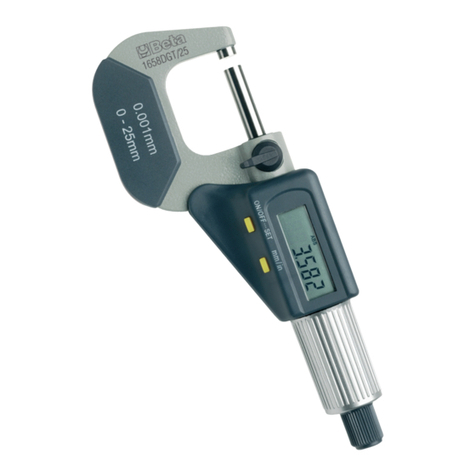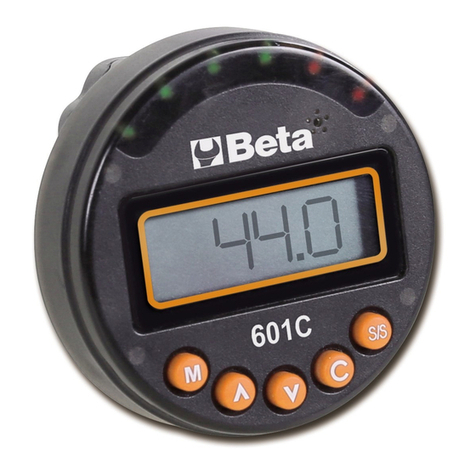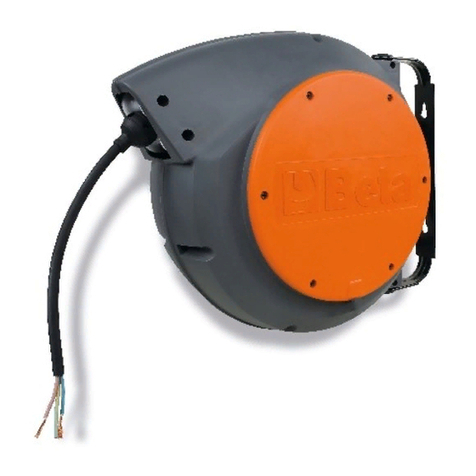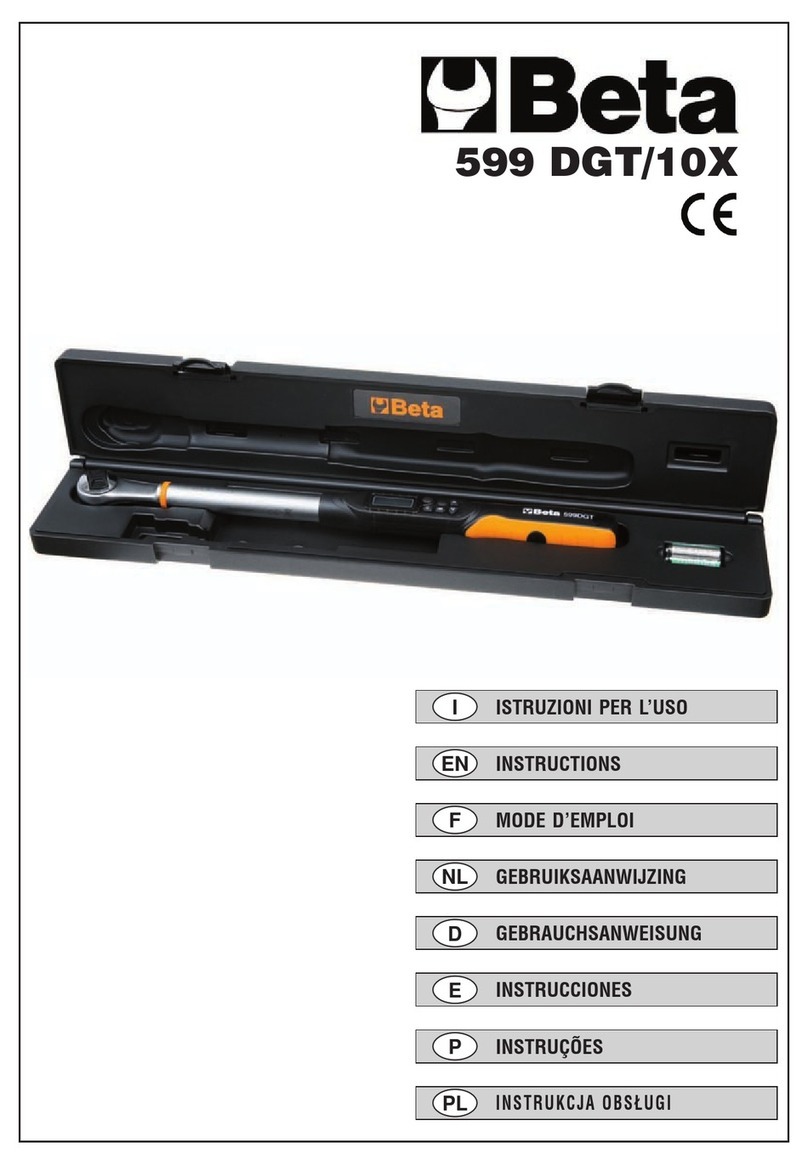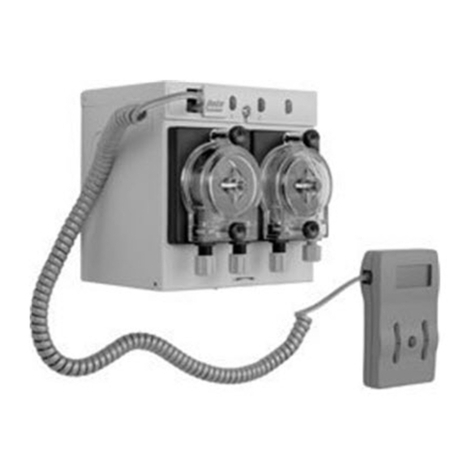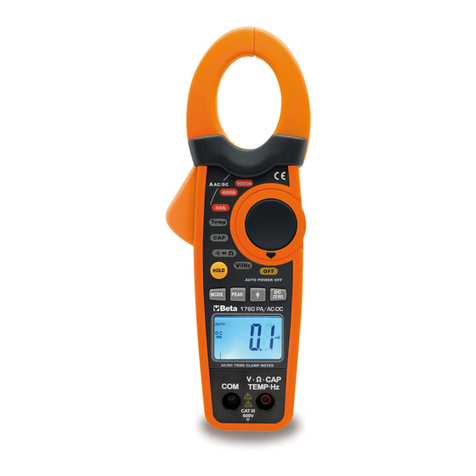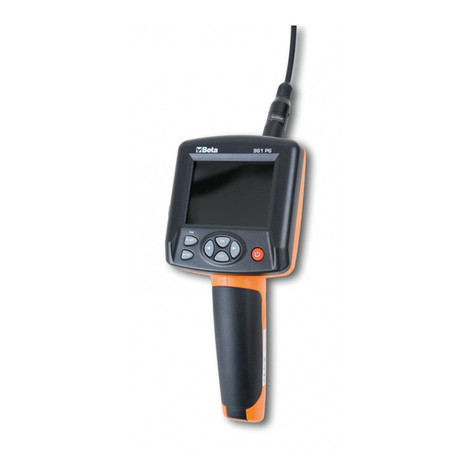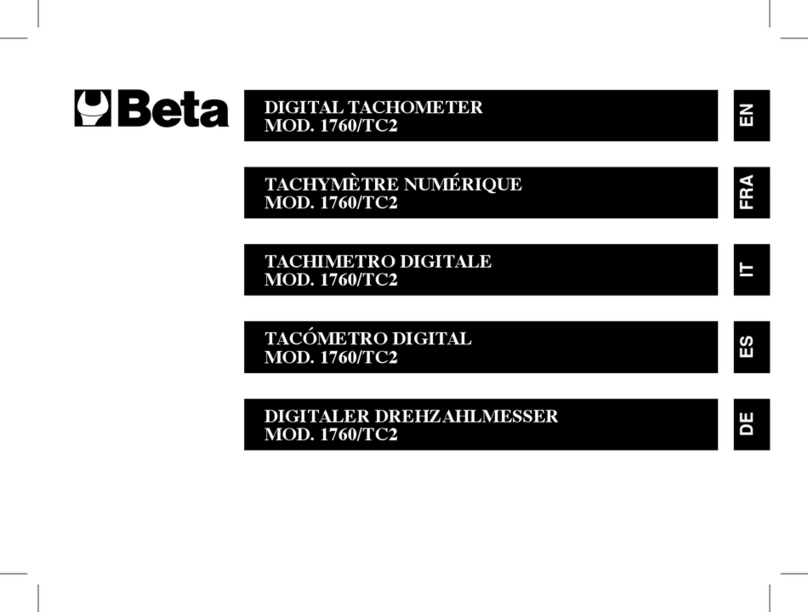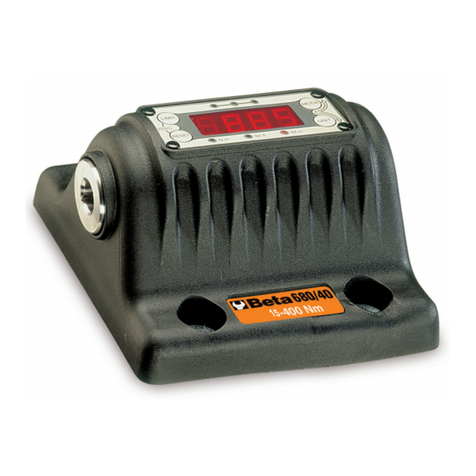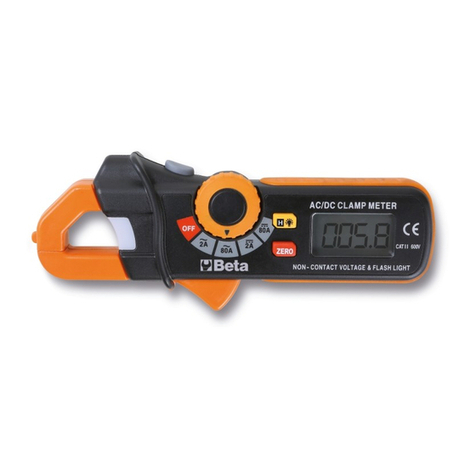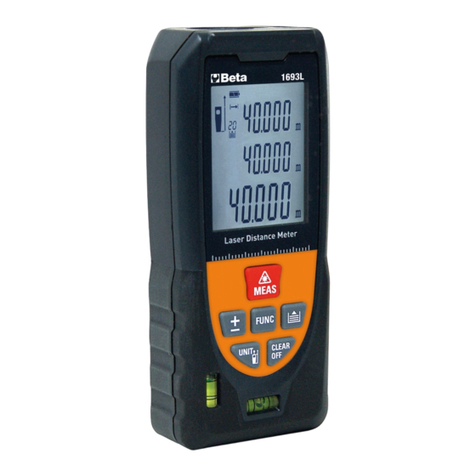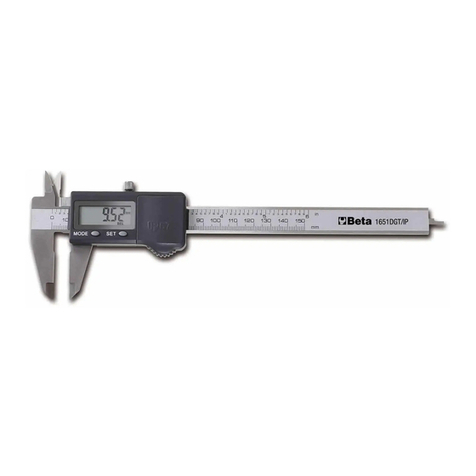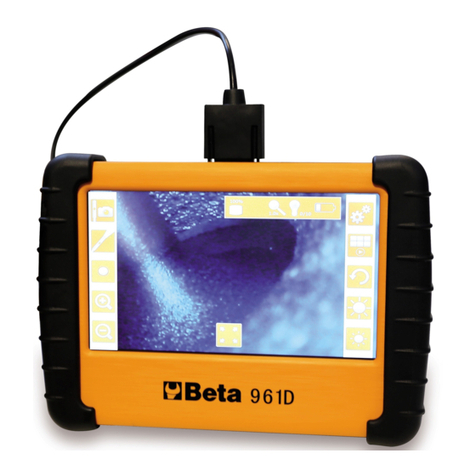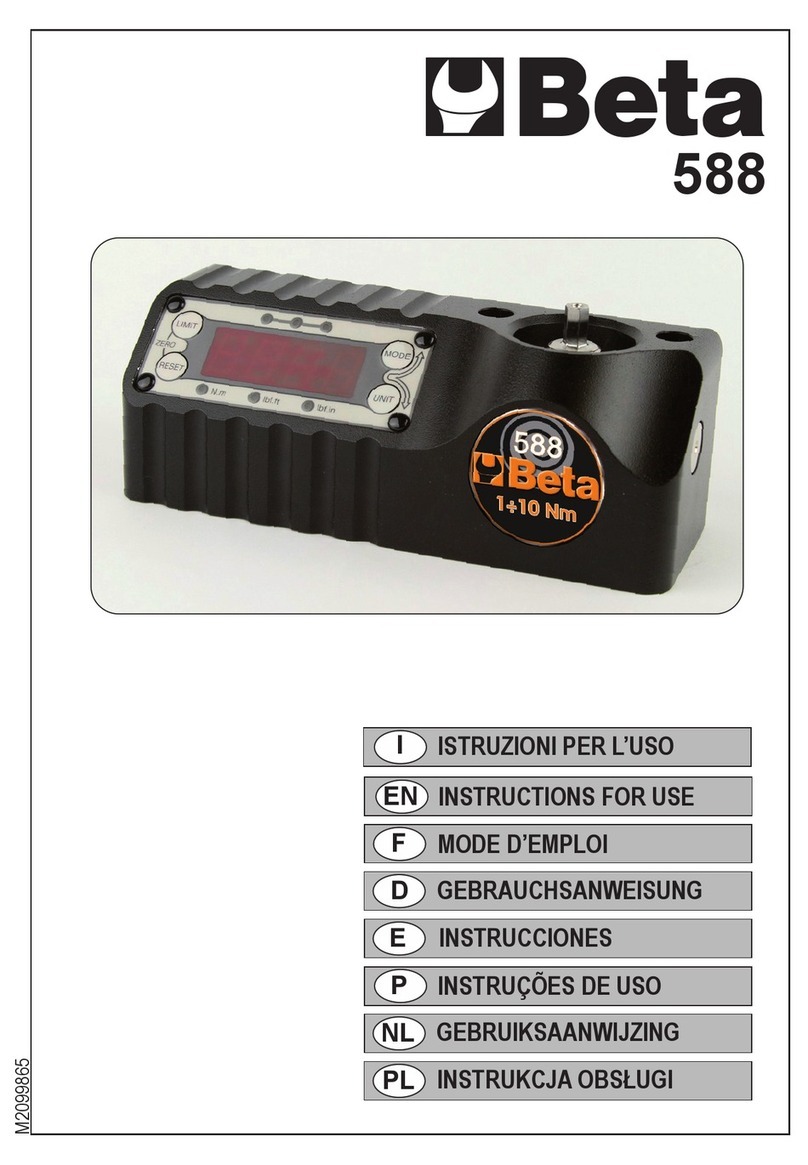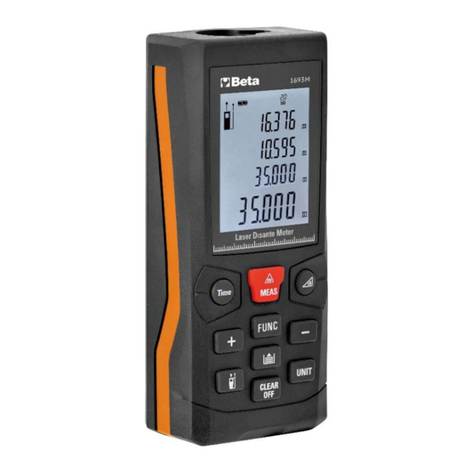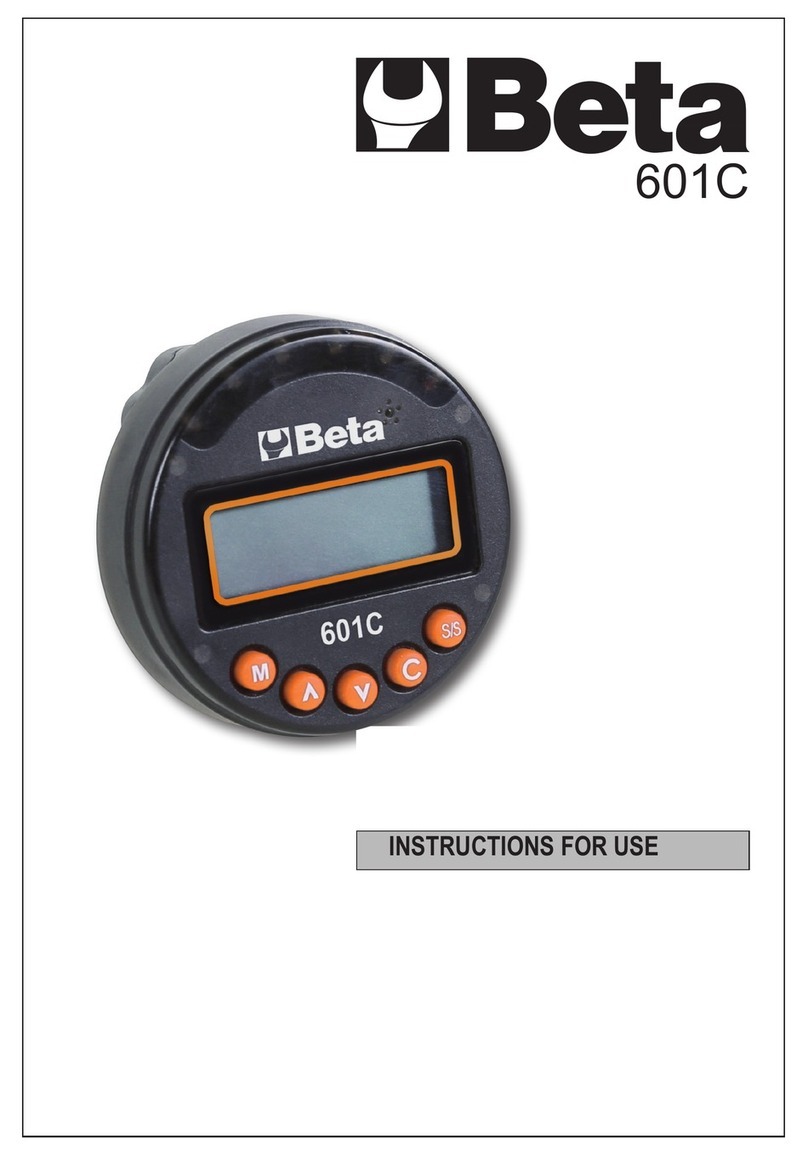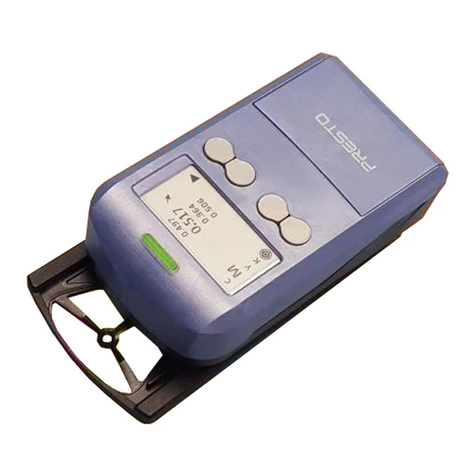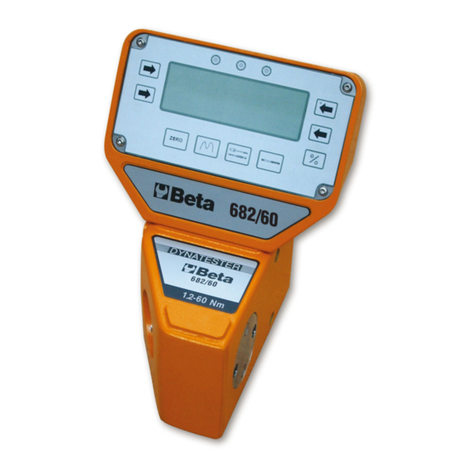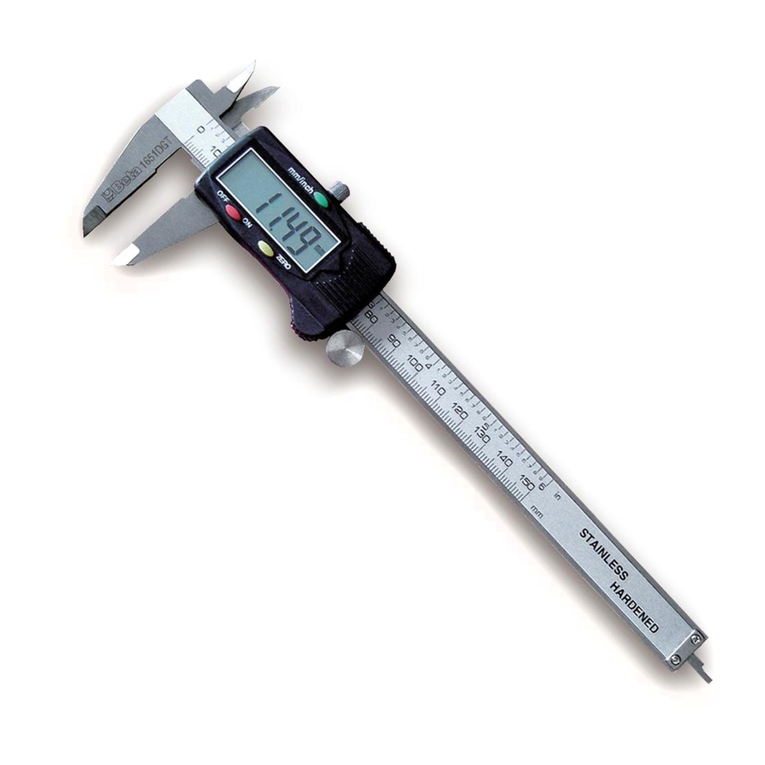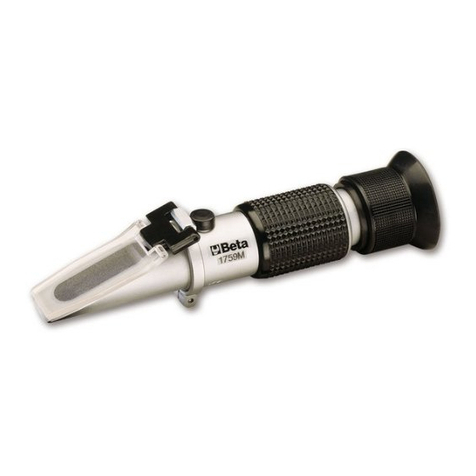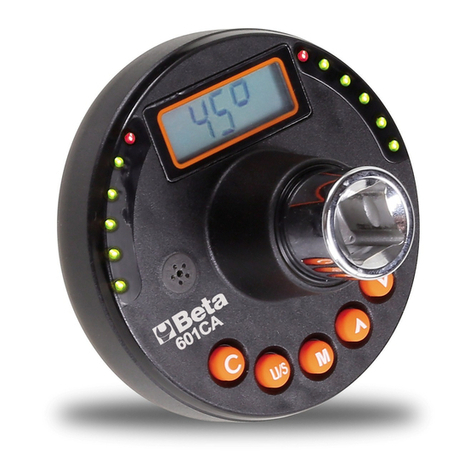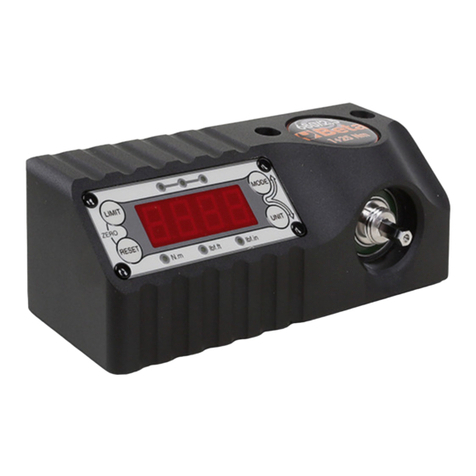
2.2.3 Risk of Impact and Crushing
The vehicles which are undergoing A/C system recharging
operations and the devices, must be properly blocked using the
specific mechanical brakes/blocks, while being service.
Safety Precautions:
•Alwaysmake surethatthe vehicleis inneutralgear(orthat itis setinparking
position in case of a vehicle equipped with automatic transmission).
•Always activate the hand brake or parking brake on the vehicle.
•Always block the wheels on the vehicle with the specific mechanical blocks.
•Make sure the device is stable, on a flat surface and the wheels are locked
with the specific brakes.
2.2.4 Hazards Caused by Moving Parts
Vehicle engines include parts that move, both while running and
not running (eg: the cooling fan is controlled by a thermal switch
in connection with the coolant temperature and become activated
even when the vehicle is off), that can injure the operator.
Safety Precautions:
•Keep hands away from moving parts.
•Disconnect the engine cooling fan each time the engine you are working on
isstillhot.This willavoidthefanfrombecoming activatedunexpectedlyeven
when the engine is off.
•Do not wear ties, loose clothes, wrist jewellery or watches when working on
a vehicle.
•Keep connection cables, probes and similar devices away from the moving
parts of the engine.
2.2.5 Risk of Burning or Scalding
The parts that are exposed to high temperatures in engines that
are moving or have just stopped could burn the operator.
Remember that catalytic mufflers reach very high temperatures,
able to cause serious burns or even start fires.
Acid in the vehicle batteries is another potential hazard.
Safety Precautions:
•Protect your face, hands, and feet by using suitable protection.
•Avoid contact with hot surfaces, such as spark plugs, exhaust pipes,
radiators and connections within the cooling system.
8












